When people think about updating their homes, they usually jump to the fun stuff—paint colors, new appliances, or smart lighting. But the truly forward-thinking upgrades are often the ones you can’t see right away. Safety features don’t get the same attention as kitchen islands or built-in speakers, but they matter just as much—if not more. These 11 features might not be flashy, but they could make a world of difference when it comes to keeping your home, your family, and your peace of mind intact.
1. Leak Detection Sensors

Water damage is one of the most expensive and disruptive disasters a homeowner can face. According to WIRED, leak detection sensors are an underrated but powerful tool that can prevent thousands of dollars in damage. These small, smart devices monitor for leaks near washing machines, dishwashers, water heaters, and pipes—places where even a small leak can turn into a nightmare. Some systems can even automatically shut off your water when they detect a problem.
People who install these sensors tend to be proactive and tech-savvy, thinking several steps ahead. They’re perfect for second homes or when you’re traveling and can’t monitor things yourself. Plus, insurance companies increasingly recognize their value, with some even offering discounts. This quiet upgrade says: “I care about my home before there’s a problem.”
2. Fire-Rated Safe for Important Documents
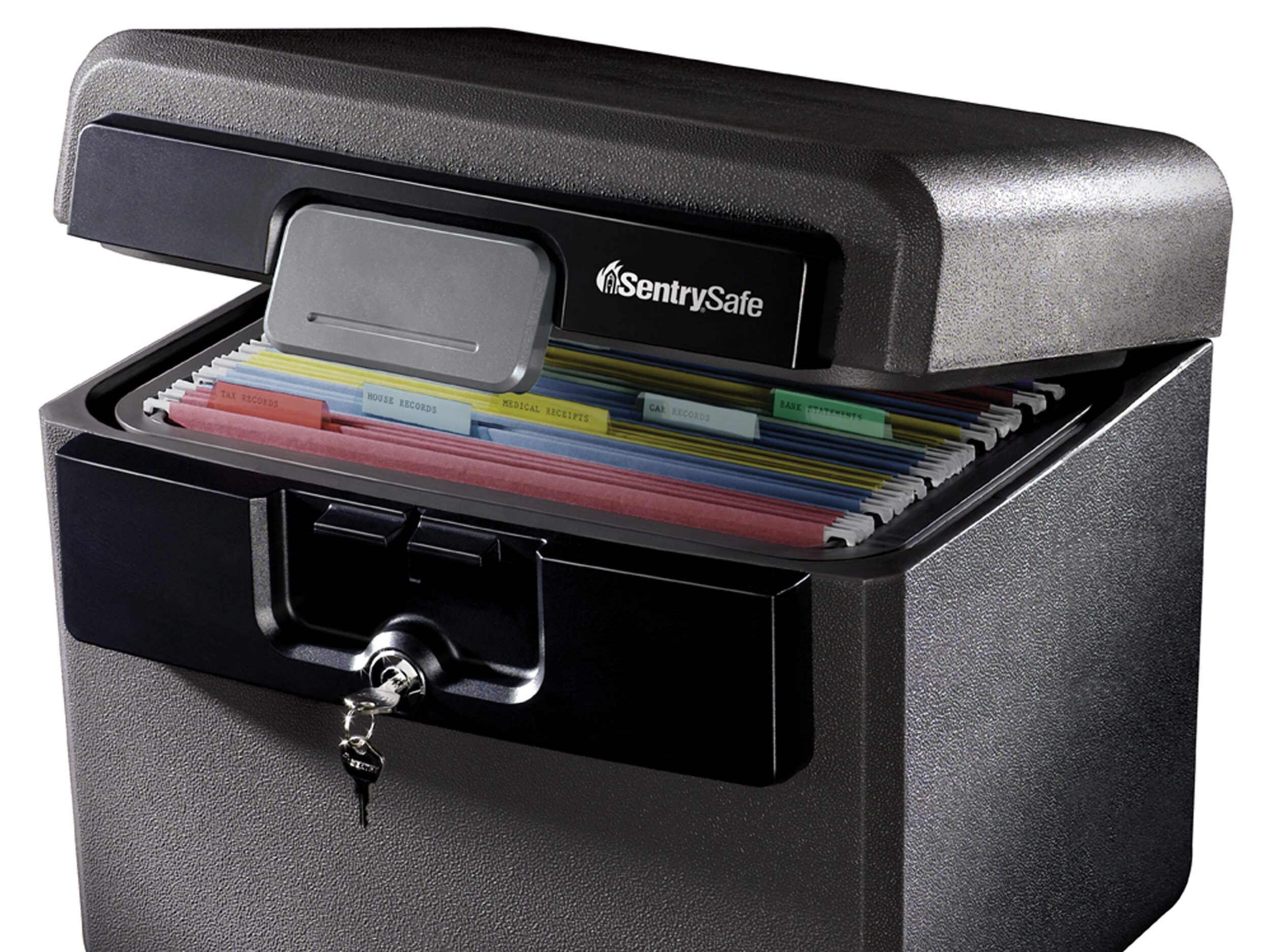
Every home has insurance papers, birth certificates, passports, and maybe even a few irreplaceable keepsakes. Master Lock recommends installing a UL-rated fireproof safe to protect these essentials in case of a fire or break-in. It’s not just about keeping things locked up—it’s about making sure they survive. Fire-resistant safes can endure high temperatures for extended periods, giving you peace of mind no matter what happens.
Installing one of these isn’t glamorous, but it’s a hallmark of smart homeownership. You can tuck it inside a closet, mount it in the wall, or keep it in a discrete cabinet. Either way, you’re signaling that security isn’t something you leave to chance. It’s one of those features you hope you never need—but you’ll be grateful for if you do.
3. Whole-House Surge Protection
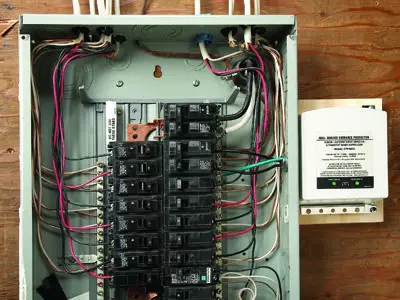
Power surges can fry expensive electronics and even spark fires, especially during storms or outages. This Old House notes that whole-house surge protectors are becoming a standard feature in high-end homes for good reason. These devices are installed at your electrical panel and protect every outlet in your house. That means everything from your TV to your fridge to your laptop is shielded—automatically.
Most people think plugging sensitive electronics into surge strips is enough, but those only work for what’s directly connected. A whole-house system covers your entire setup, including HVAC and appliances. It’s a quiet safety net that operates in the background. And it signals a deeper investment in long-term protection.
4. Smart Smoke and CO Detectors
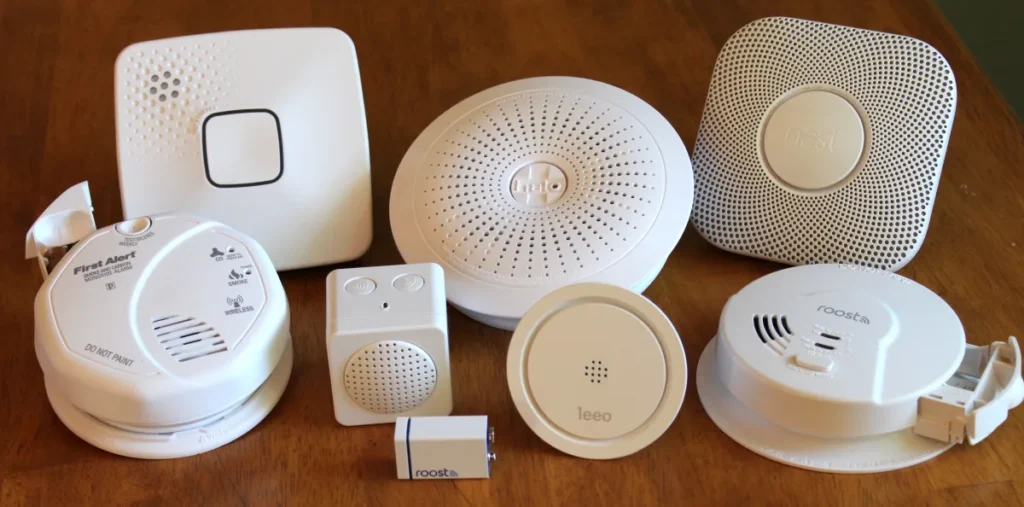
The days of chirping, battery-draining smoke detectors should be behind us. As noted by First Alert, smart detectors like Nest Protect or First Alert’s Onelink offer real-time alerts, battery level updates, and mobile notifications if something goes wrong. Some can even pinpoint which room has an issue, so you’re not guessing in an emergency. It’s one of the simplest smart home upgrades with the highest return on safety.
Plus, many of these detectors offer a sleek, unobtrusive design that blends into the ceiling. You can even connect them to other smart devices, like lights or home assistants. That means if there’s smoke, your system can turn on lights to guide you out. Modern homes need modern alarms—and this one just makes sense.
5. Anti-Tip Brackets on Furniture
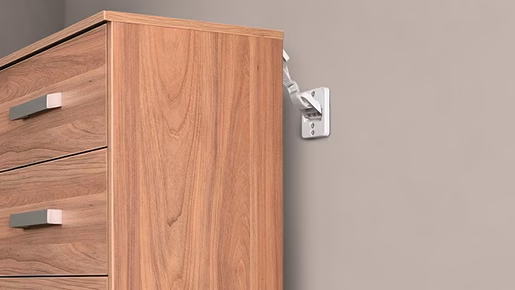
Anti-tip brackets are the definition of a safety feature that’s invisible but essential—especially in homes with children. These small, metal pieces anchor heavy furniture like bookshelves and dressers to the wall, preventing them from falling over. It’s a crucial update in preventing injuries and, in worst-case scenarios, fatalities. Yet many homeowners still overlook it during setup or moving in.
Even for homes without young kids, this small upgrade shows attention to detail and responsibility. It also keeps your space safer during earthquakes or major household accidents. You won’t get compliments on it—but you’ll rest easier knowing it’s there. It’s a humble feature with life-saving potential.
6. Window and Door Reinforcement Film
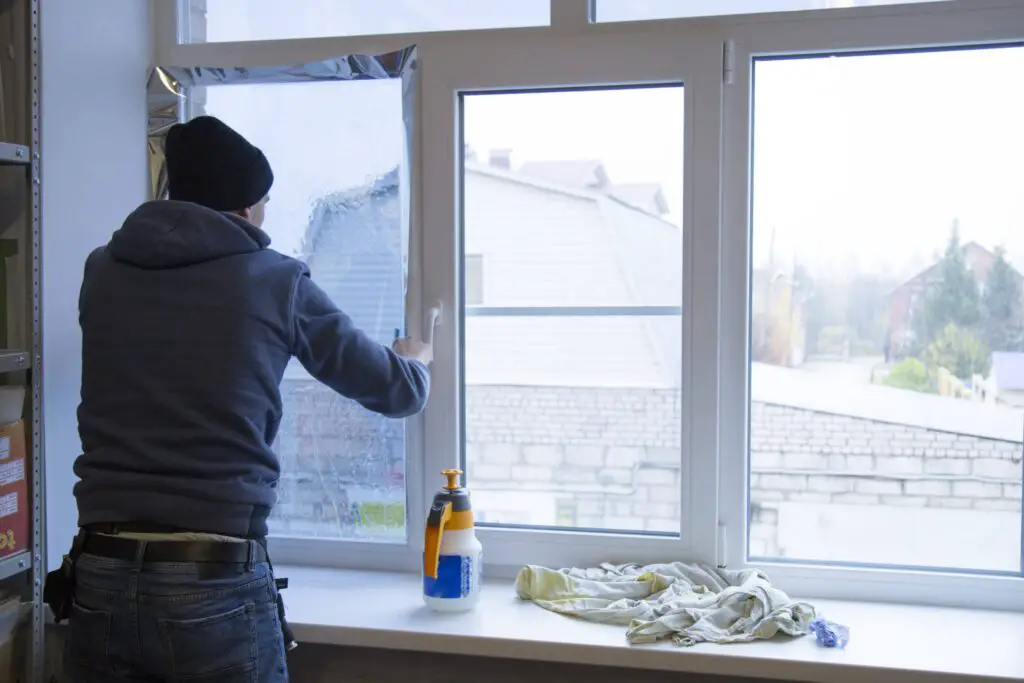
Burglars often gain entry through glass doors or windows—not because they’re unlocked, but because the glass itself is easy to shatter. Reinforcement film adds an invisible layer of protection, making glass harder to break and more resistant to forced entry. It’s also helpful in storm-prone areas where flying debris can be dangerous. For anyone valuing both security and aesthetics, this upgrade is a win.
The best part? You don’t need to replace your windows to get it. It installs directly on your existing glass and doesn’t interfere with light or views. This choice shows a forward-thinking approach to both security and natural design. It’s subtle, effective, and quietly impressive.
7. Automatic Night Lighting in Hallways
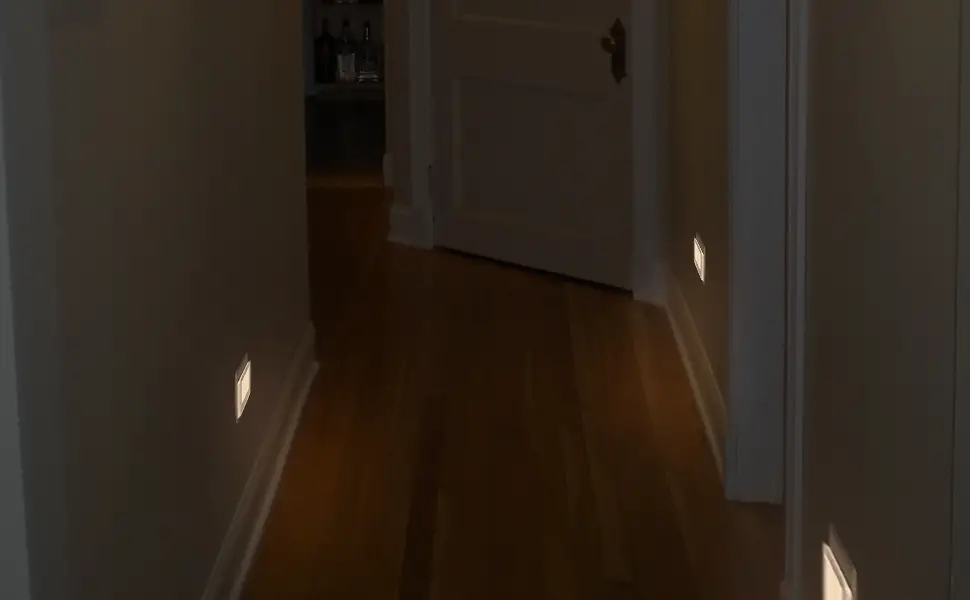
Falls are one of the most common household injuries, especially at night. Installing automatic motion-sensing night lights in hallways and bathrooms is a simple but highly effective way to prevent them. These lights gently illuminate paths without being disruptive, and they only turn on when needed. They’re ideal for everyone from toddlers to older adults.
This upgrade signals thoughtfulness, especially in multigenerational homes or guest spaces. It also adds a soft ambiance that feels upscale and comforting. It’s an elegant way to combine accessibility with style. Safety doesn’t have to be loud to be smart.
8. Garage Carbon Monoxide Sensor
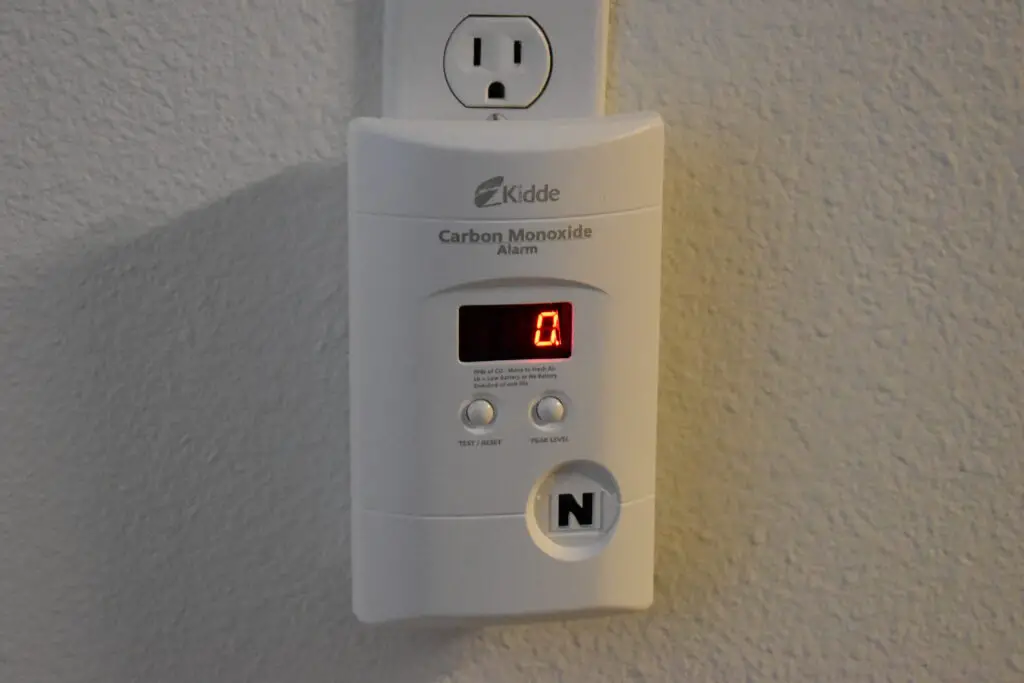
Garages are often overlooked when it comes to air quality, but they can be one of the most dangerous places in the home. Running a car even briefly inside a closed or attached garage can lead to a buildup of carbon monoxide. Installing a dedicated CO sensor in the garage can alert you before levels get dangerous. It’s a small investment that could literally save lives.
This is especially important for attached garages that share walls or air pathways with the main house. It’s not something guests will ever notice—but your HVAC system will thank you. People who install these sensors show a deeper awareness of the invisible risks at home. That kind of foresight is always impressive.
9. Child-Safe Outlet Covers (Even if You Don’t Have Kids)
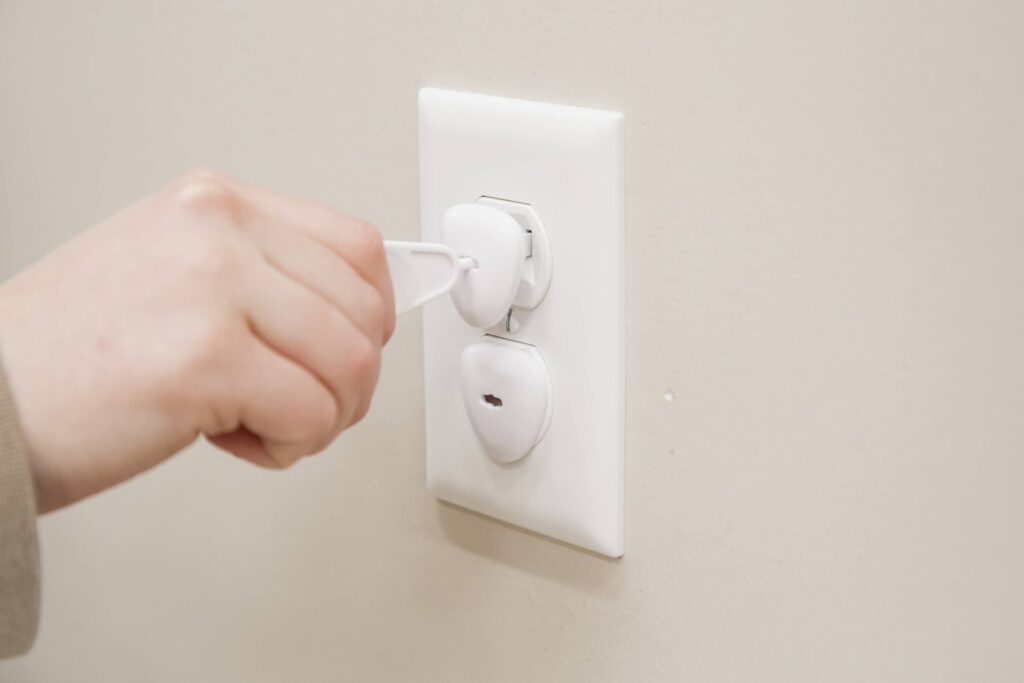
Even if there aren’t little ones running around your home, child-safe outlet covers show a level of preparedness that goes beyond your current household. They’re especially useful for grandparents, frequent hosts, or Airbnb properties. These sliding covers or tamper-resistant receptacles keep curious fingers (and pets!) out of harm’s way. They’re easy to install and virtually unnoticeable.
Choosing to install them anyway is a subtle sign that you think ahead—and care about all your visitors. Many modern homes now include them as standard, but they’re still missing from plenty of renovations. If you’re hosting, it’s the kind of invisible protection that guests appreciate. It’s about being quietly considerate, not just compliant.
10. Smart Locks with Auto-Lock Feature

Smart locks have been around for a while, but not everyone takes advantage of the auto-lock feature. This setting automatically locks the door after a certain amount of time, which is perfect for those “Did I lock the door?” moments. It’s one of those minor tweaks that prevents major security issues. And it integrates seamlessly with your phone, voice assistant, or smart home system.
This is more than just convenience—it’s a security habit built into your tech. It also means no more spare keys hidden under the mat (which burglars know to look for). People who enable this feature are quietly saying, “I’ve got my bases covered.” And that’s a smart, secure flex.
11. Radon Detection Systems
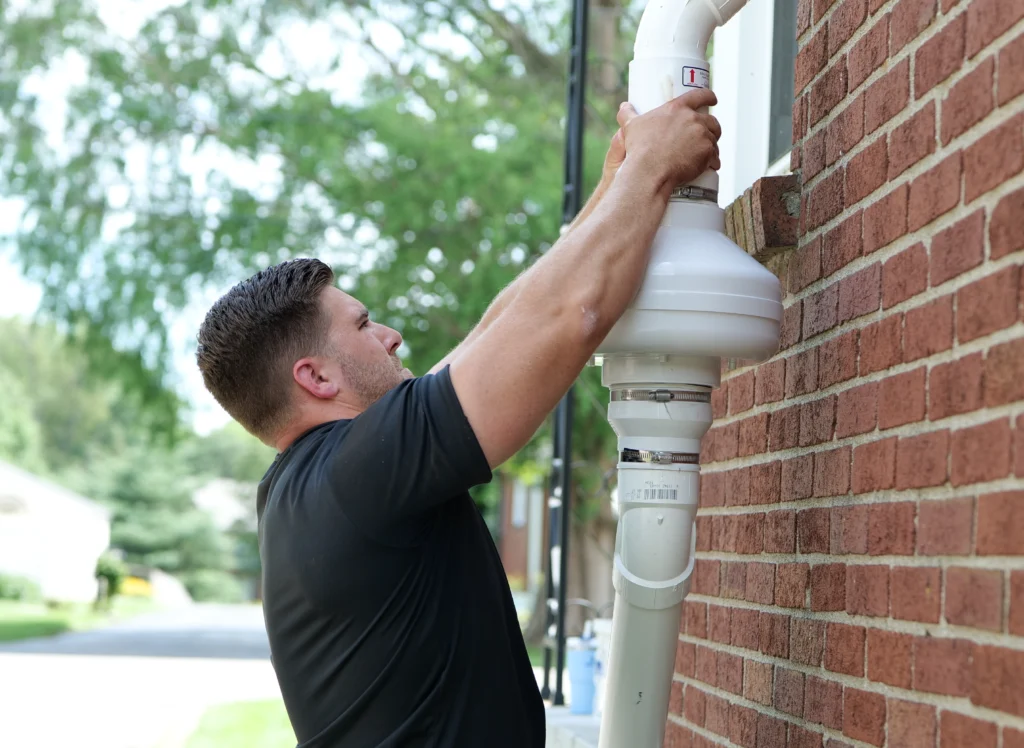
Radon is a naturally occurring radioactive gas that can seep into homes through the foundation—and it’s the second-leading cause of lung cancer in the U.S. Still, most homes don’t have a radon detection system in place. These devices are either passive kits you replace regularly or active monitors that give real-time data. Having one installed—especially in areas known for radon—shows serious commitment to long-term health.
It’s not the kind of safety concern that makes headlines, but it’s just as serious. Monitoring radon levels is especially critical for basements or lower-level living spaces. And if you’re ever planning to sell your home, a clean radon report can be a big bonus. This upgrade is about invisible protection—and that’s the smartest kind there is.
